Objective:
The purpose of the workshop is to introduce the students to the general principles of design. By the end of the workshop the students should have a good grasp of the visual basics and be able to apply them practically in a wide variety of projects (presentations, posters and more). The workshop is specifically tailored to address the scientists’ needs. The emphasis of the course is to develop visual skills without the need for technical language and confusing terminology.
Unique approach:
Many design programs concentrate on completing specific assignments, for example, how to create a presentation / a video / a scientific poster etc. To use a lego-blocks metaphor — these typically work like a set of instructions to build something specific: a spaceship, a castle, or a different composition. While the end result is a ‘well-built’ composition, this knowledge isn’t easily transferable onto different projects.
In my approach, I decode the general principles of design (Lego-bricks), explain their unique role, and demonstrate how they work together in a given project.
In my approach, I decode the general principles of design (Lego-bricks), explain their unique role, and demonstrate how they work together in a given project.
Modules:
Introduction to design basics
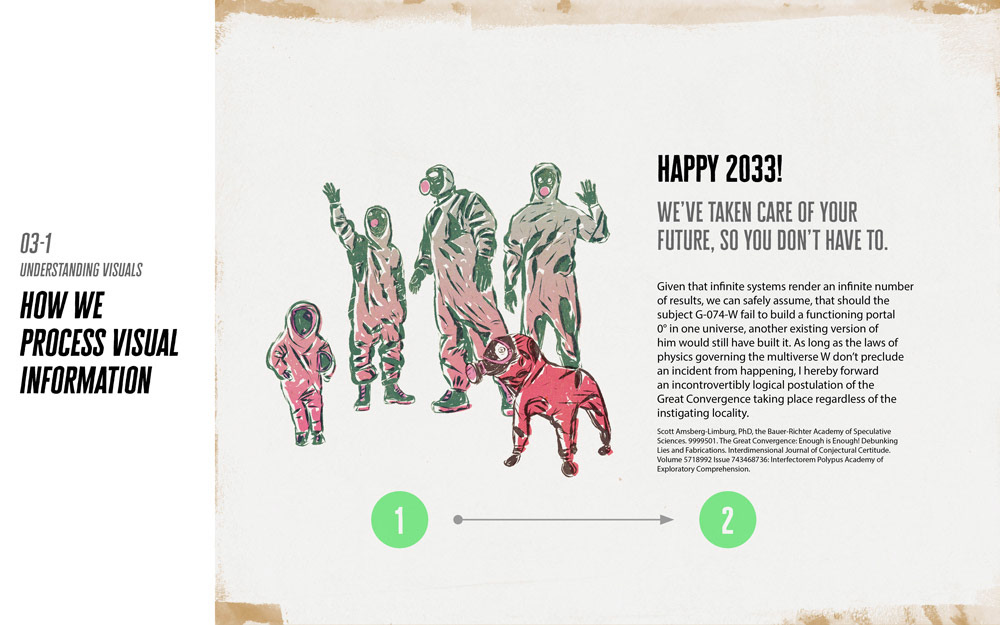
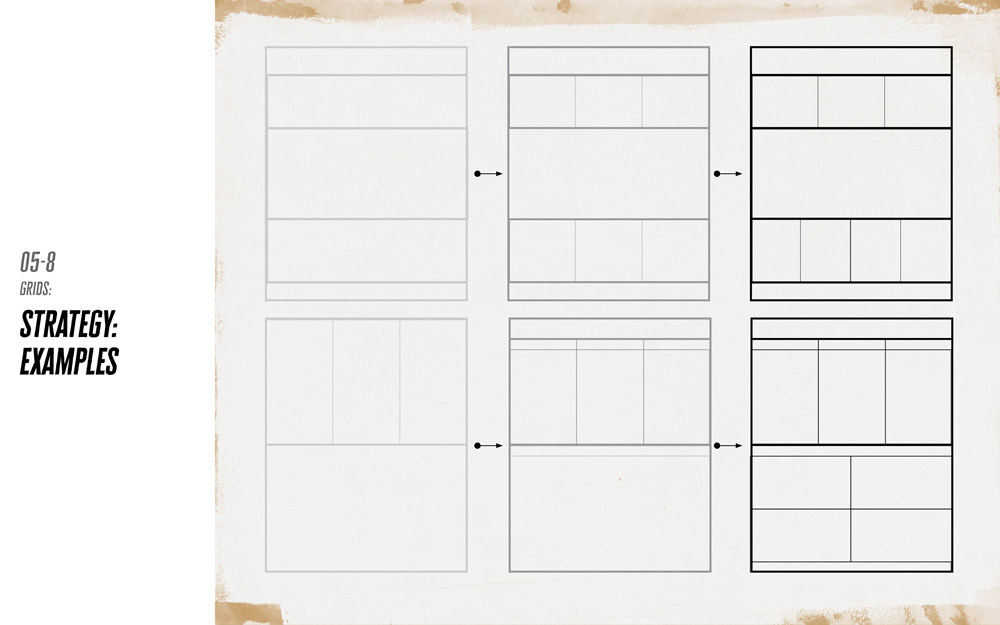
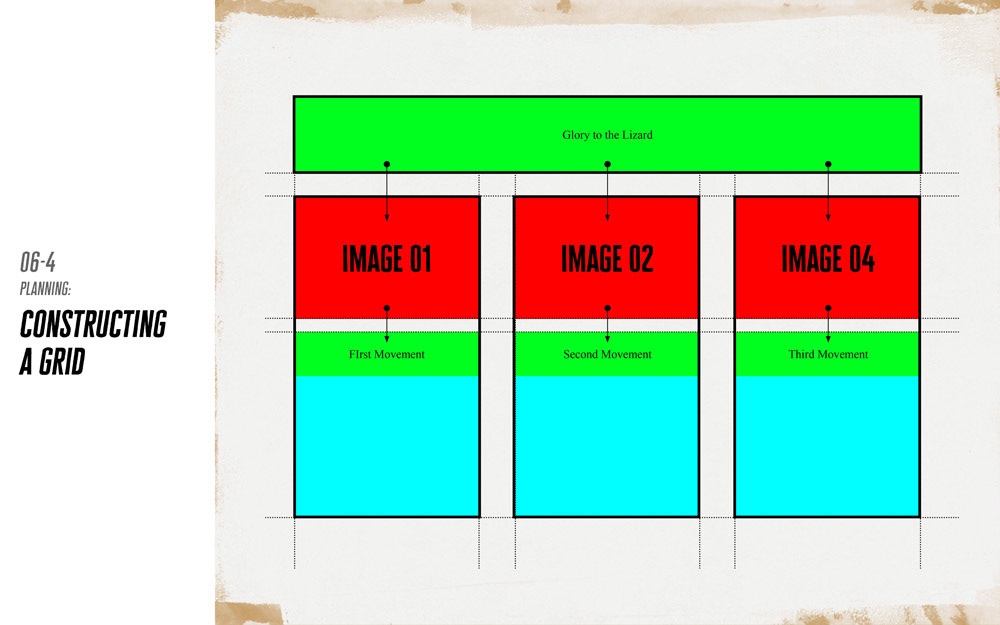
The basic elements of design • how we digest visual information: what we want the audience to see and what they really see • visual planning • the role of interjection • the role of grid • images vs text
Typography
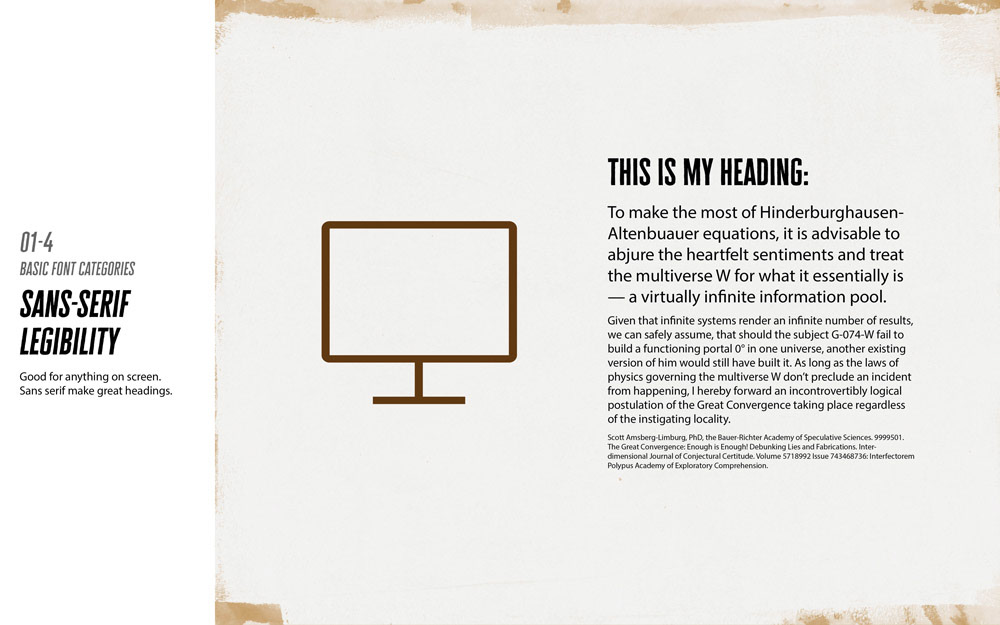
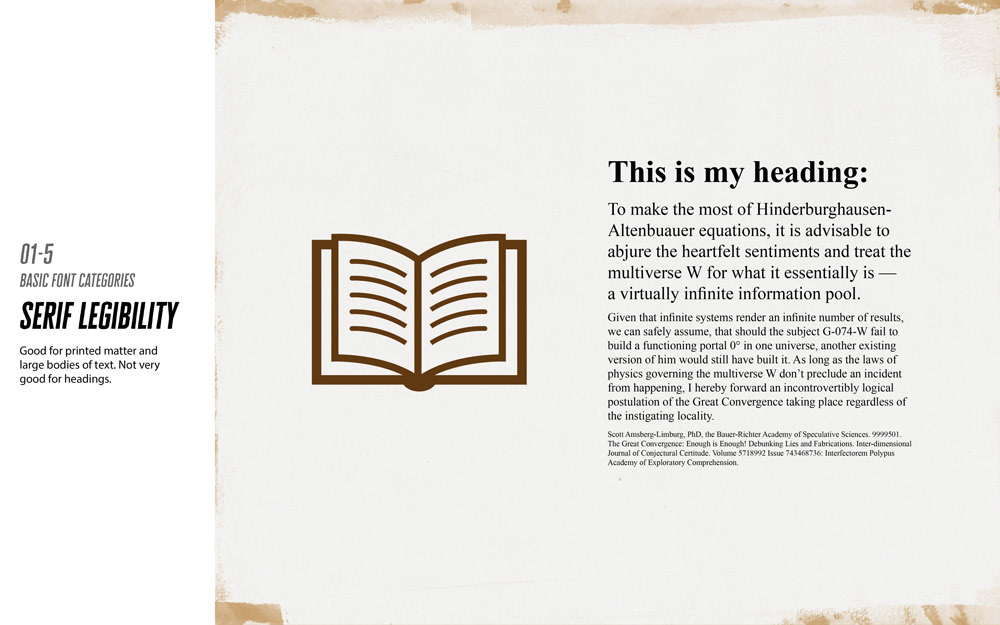
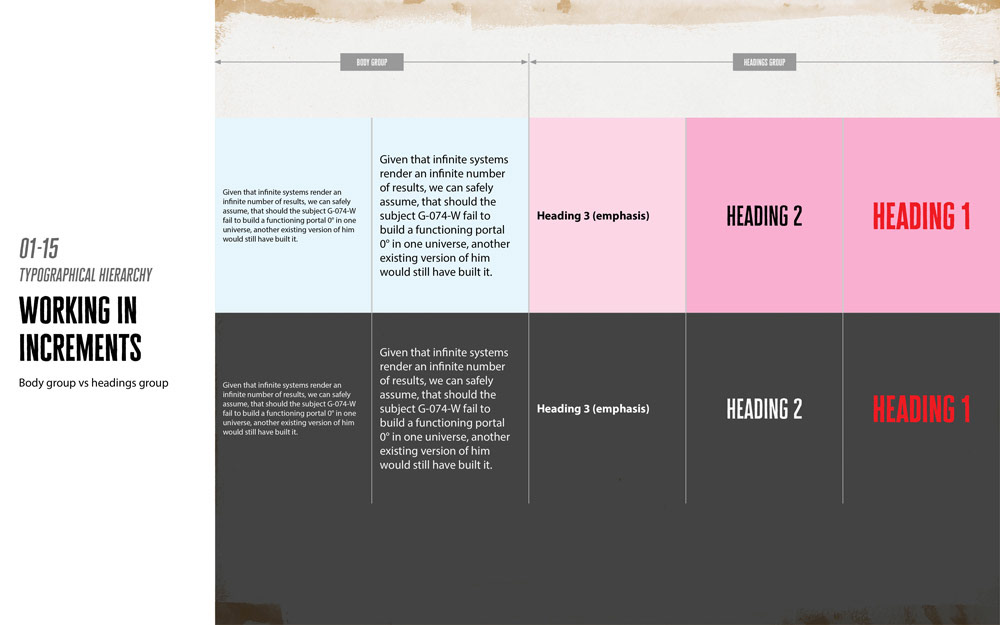
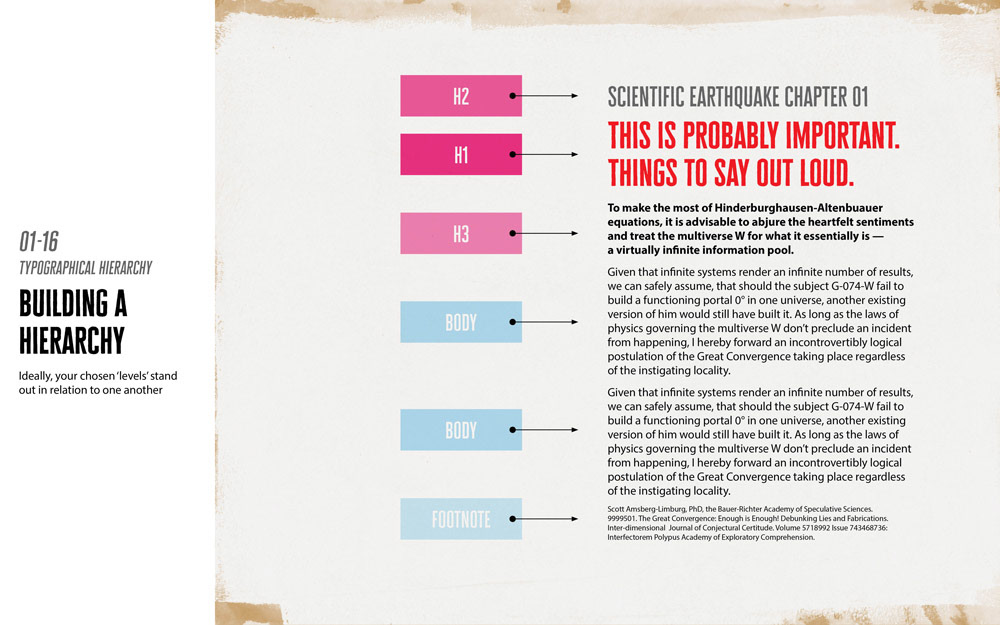
Basic font categories: why do we have them and why they matter • creating typographical hierarchy • achieving consistency without being boring • readability • typography paired with graphics and images • making sure the message is going to be read and retained in memory
Colour and composition
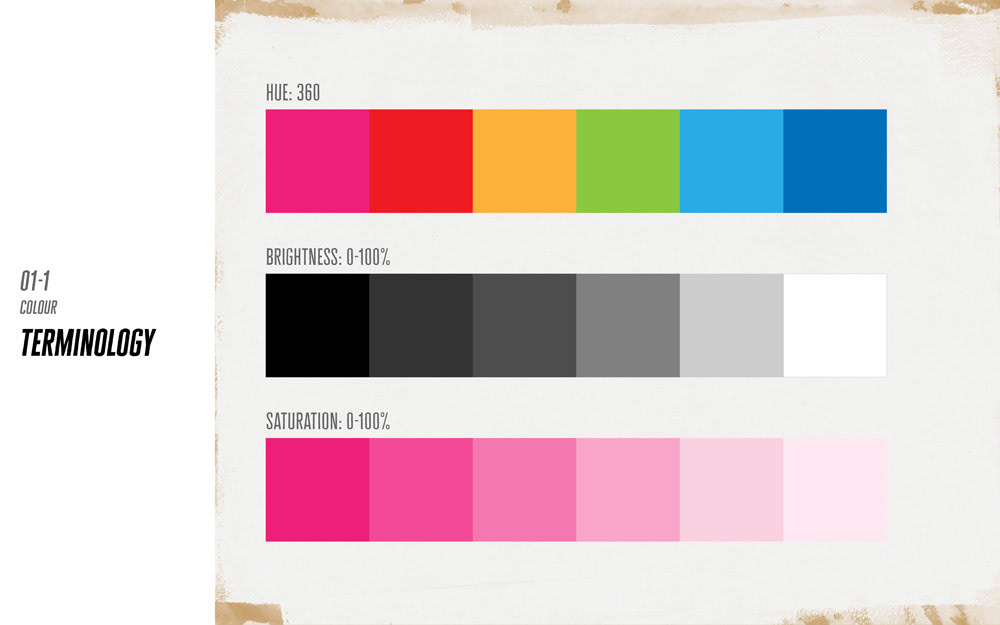
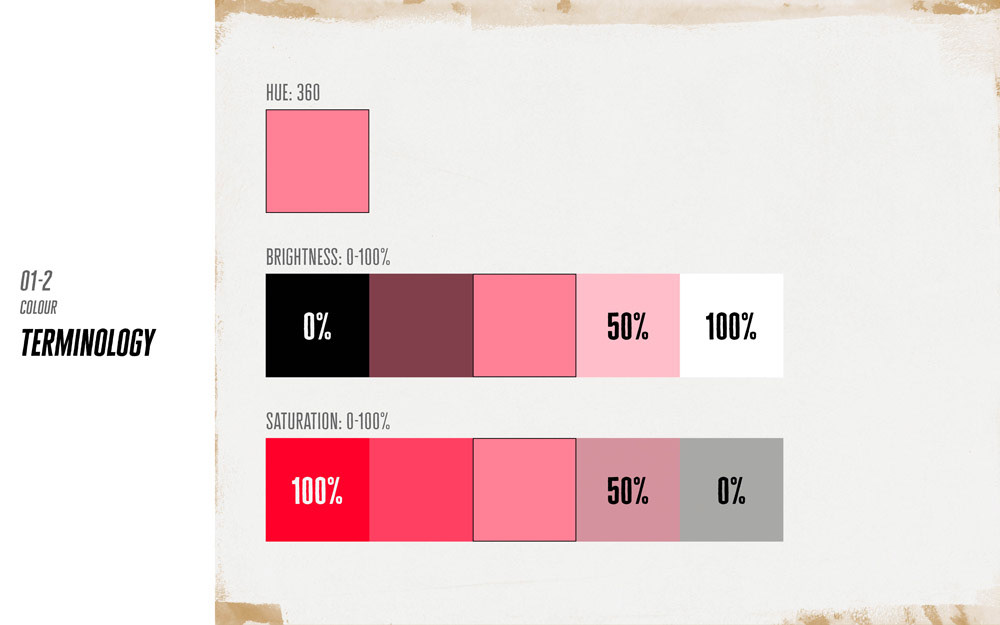
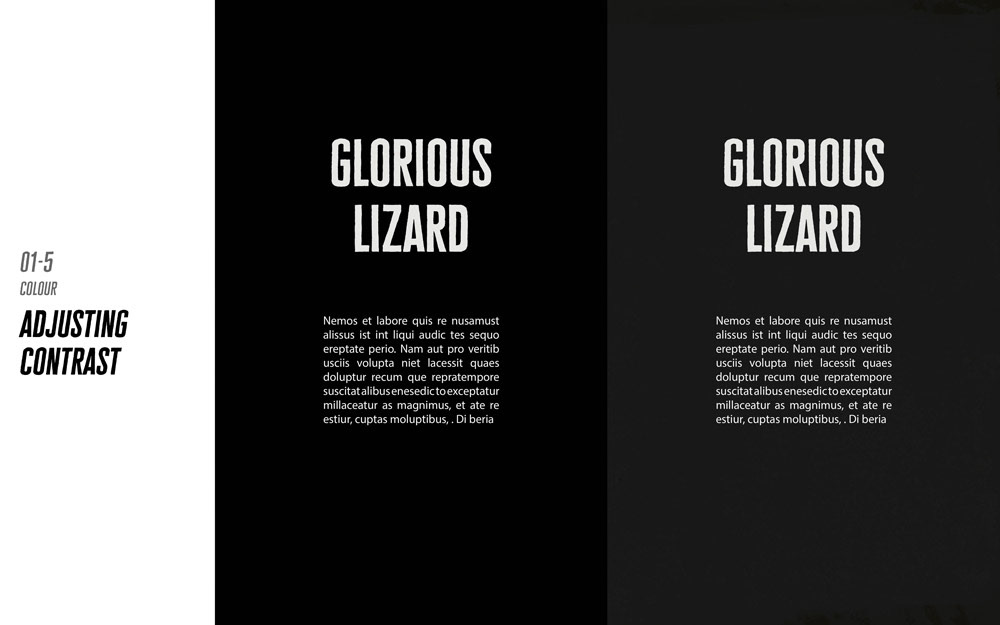
Visual hierarchy and composition • size and scale • breathing space and proximity • directing the eye • emotional impact of colour • how to use colour connotations for a desired effect • colour schemes • creating emphasis using contrast and harmony • creating and re-using colour pallets • moodboards
Presentation and storyboarding
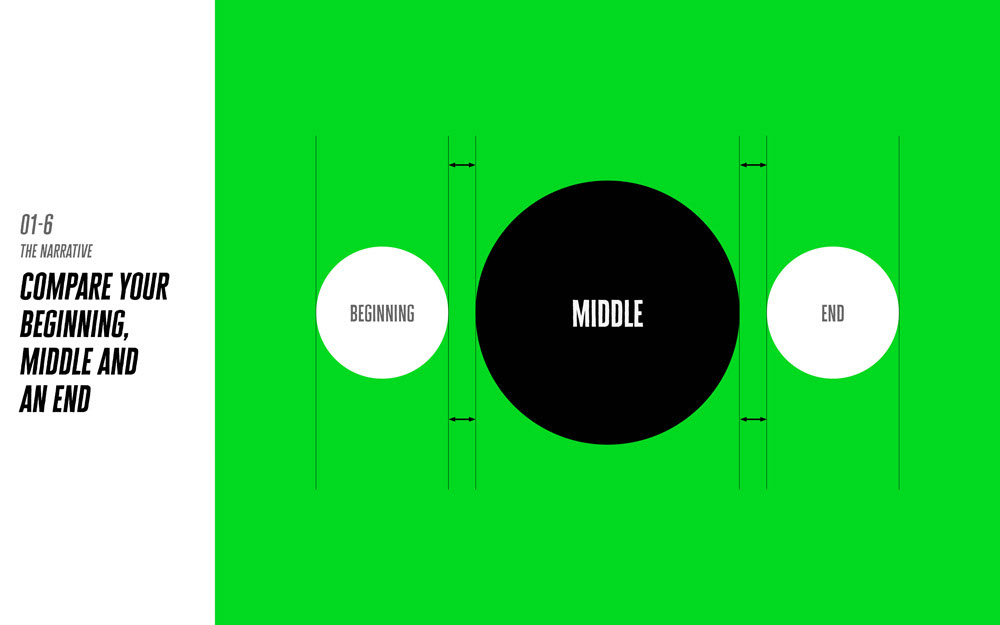
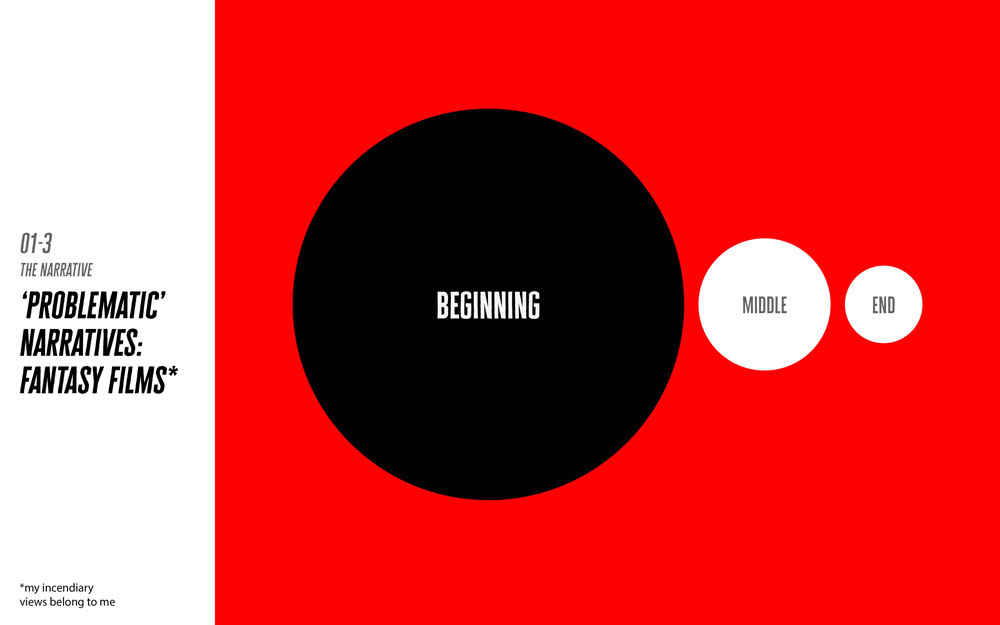
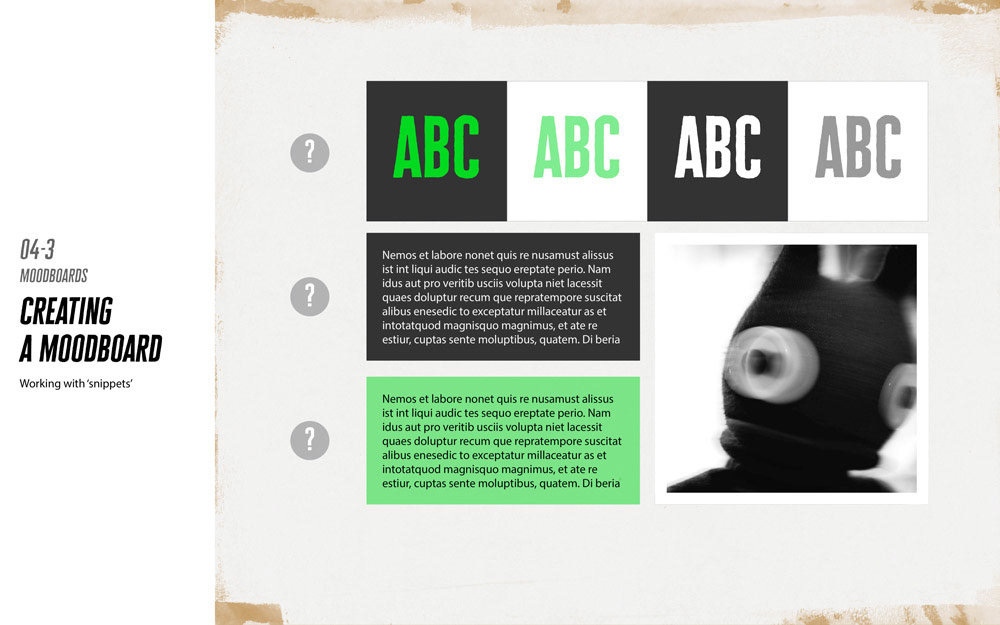
Building the narrative • the role of modules • storyboarding • how to maximise information retention
Final assignment
Critique of the final assignment

